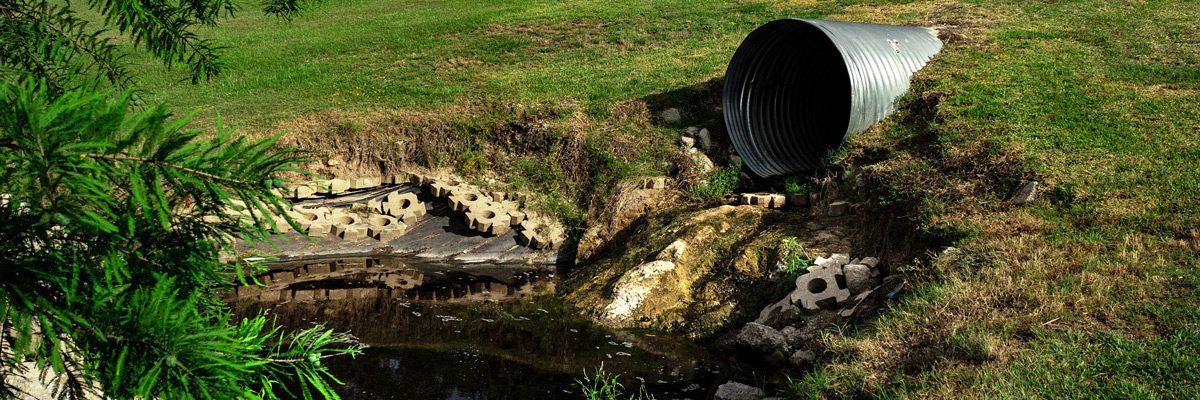Can making the world pay the true cost of dirty energy really be implemented!? What would the world do in the face of energy “riots” like what happens in congress when legislators try to pass climate legislation of any kind? One can only imagine what would happen if those protests moved to the street. That is the question this article raises.
The Problem With Putting a
Price on the End of the World
Economists have workable policy ideas
for addressing climate change. But
what if they’re politically impossible?
In a Saturday afternoon in early December, inside a soaring auditorium on the campus of Stockholm University, William Nordhaus gave the crowning lecture of his half-century career as an economist. The occasion was his acceptance of the Nobel Prize in economics, which Nordhaus, a trim, soft-spoken Yale professor, had been jointly awarded. The title of the lecture was “Climate Change: The Ultimate Challenge for Economics.”
As a young professor on a sabbatical in Vienna in the mid-1970s, Nordhaus happened to share an office with an environmental researcher, who helped spark his interest in the emerging issue. While there, Nordhaus came up with the target, now famous, of holding global warming to two degrees Celsius above preindustrial levels. He chose the target, as he recently explained to me, because he believed that the earth has experienced similar fluctuations before and that humans had tolerated them.
The Nobel was a tribute to the originality and influence of his work developing economic models that help people think about how to slow climate change. It also seemed to be a cri de coeur from the Swedish academics who choose the economics laureates: Climate change is a threat like no other. Fatal heat waves, droughts, wildfires and severe hurricanes are all becoming more common, and they are almost certain to accelerate. Avoiding horrific damage, as a United Nations panel of scientists recently concluded, will require changes in human behavior that have “no documented historic precedent.”
:}
Go there and read. More next week.
;]



